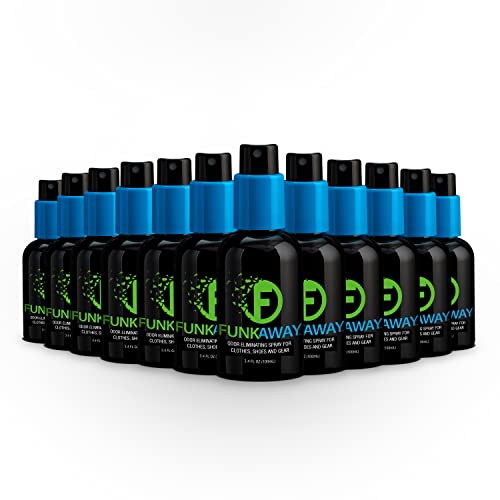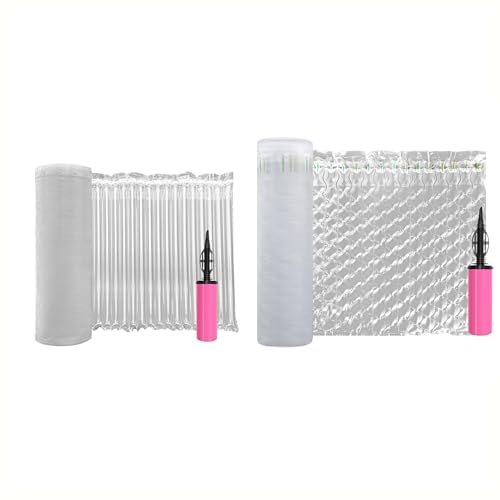

US security rule: each liquid-format or pressurized spray item must be 3.4 oz / 100 mL or less; place all such items in a single clear quart-sized bag (one bag per passenger) and present it separately at security screening. Items in larger volumes belong in checked baggage or must meet medical-exemption procedures.
Which items are treated as pressurized sprays: deodorant sprays, hairspray, shaving foam, spray sunscreen and insect repellent in pressurized form, and pump/metered dispensers with liquid contents. Solid sticks, solid perfumes and powders are not subject to the 100 mL limit but remain subject to individual airline rules.
Checked baggage limits and dangerous-goods rules: many carriers and IATA Dangerous Goods Regulations limit each pressurized spray to a net mass of 0.5 kg and set an aggregate-per-passenger cap (commonly 2 kg) for checked baggage; flammable, toxic or otherwise hazardous pressurized products may be restricted or forbidden even in checked compartments. Confirm the specific airline policy before packing.
Medical and practical tips: inhalers and other medically necessary sprays are generally screened separately and may exceed 100 mL if declared and supported by documentation–carry prescriptions or a physician’s note. Always cap nozzles, place containers in sealable plastic bags, label contents clearly, pack upright when possible, and verify both the departure and destination authority and carrier rules prior to travel.
Which pressurized toiletries are allowed in hand baggage and what size limits apply?
Pack only pressurized personal-care sprays that are 3.4 oz (100 ml) or smaller in hand baggage; every container must fit inside one clear 1‑quart (≈1 L) resealable plastic bag for screening.
Typical permitted items (subject to the 3.4 oz / 100 ml rule)
- Deodorant spray – travel sizes ≤3.4 oz (100 ml).
- Hairspray and styling mousse – bottles ≤3.4 oz (100 ml).
- Shaving foam and cream – pressurized shaving products ≤3.4 oz (100 ml).
- Dry shampoo (spray) and sunscreen sprays – containers ≤3.4 oz (100 ml).
- Perfume and body mist – each bottle ≤3.4 oz (100 ml) and inside the quart bag.
Exceptions, prohibitions, and practical tips
- Medically necessary inhalers and prescription nebulizers: allowed in hand baggage in larger quantities but must be presented for screening and, when possible, labeled or accompanied by documentation.
- Baby formula, breast milk and sterilized water for infants: permitted in reasonable quantities beyond the quart bag limit; declare at security checkpoints.
- Flammable or hazardous sprays (paint, insecticides, fuel, some self-defense sprays): not permitted in hand baggage and often restricted or forbidden in checked baggage.
- Pump dispensers and non‑pressurized liquid containers are treated as liquids and follow the same 3.4 oz (100 ml) / quart‑bag rule.
- Containers larger than 3.4 oz (100 ml) should be placed in checked baggage when allowed by the airline; confirm carrier restrictions before travel.
- Practical packing: transfer into certified travel bottles, use solid alternatives (bar shampoo, solid deodorant), keep quart bag accessible for security, and label medical items clearly.
- For related travel pet gear and ideas, see best active rolling ball for dogs.
How to prepare and pack pressurized spray containers to prevent leaks and pressure problems
Place each pressurized spray container upright inside a sealed, transparent, resealable plastic bag; secure the actuator with a tight wrap of strong tape (packing or electrical) and include an absorbent pad or folded paper towel inside the bag to catch any leakage.
Inspect every unit before packing: discard items with dents, rust, loose valves, missing caps, or visible corrosion; confirm expiration date and integrity of seals. Replace cracked or loose plastic caps; damaged units pose higher risk of accidental discharge or rupture under pressure changes.
Wrap containers individually in soft clothing or bubble wrap, leaving at least 1–2 cm clearance around the nozzle to avoid compression. Group wrapped items in a central compartment of the suitcase or checked bag, surrounded by soft garments to buffer shocks and temperature swings.
Apply a second external layer of protection: double-bag each sealed pouch or place multiple sealed pouches inside a rigid, impact-resistant box (plastic tub) to limit movement and transfer of force during handling.
Use tape across the actuator and over the top of the protective cap to prevent accidental depression during transport. For pumps without a locking feature, add a small cable tie or rubber band under the cap as a secondary lock.
Limit exposure to high temperatures: avoid storing cases in hot vehicles or direct sunlight on the tarmac; many pressurized toiletry items specify a maximum storage temperature near 50°C (122°F). If items must go into checked freight during hot weather, place them in the coolest part of the bag and add insulating layers.
Position heavier items on the bottom and soft, padded items on top of spray containers; do not pack sharp objects or heavy metal gear directly against valves. Keep flammable-labeled units separated and visible in their containment so that detection of leaks is straightforward during inspection.
If small leakage still occurs, open the sealed pouch immediately upon reaching the destination, wipe contents with paper towels, and launder or dispose of contaminated clothing. Report any major rupture or loss of integrity to baggage handlers or airline staff for handling guidance.
Pressurized spray items banned from cabin (pepper spray, spray paint, butane) and permitted alternatives
Do not place pepper spray, spray paint or butane fuel cartridges in cabin baggage; these items are prohibited onboard and may be restricted or forbidden for checked transport under hazardous‑materials rules.
Pepper spray (OC/CS): prohibited in cabin. Allowed in checked baggage only when each container is 118 mL (4 fl oz) or less, contains no more than 18% active ingredient by mass and has a functional locking safety to prevent discharge; airline notification or approval may be required.
Spray paint: classified as a flammable, pressurized hazardous good and generally forbidden for both cabin and checked transport. Practical replacements include non-pressurized paint markers (solid or cartridge markers), tube or bottle acrylics with screw caps (transport via checked baggage only if airline permits or ship by ground), pre-finished decals/film, or simply purchasing spray paint at destination.
Butane and fuel cartridges: refill cartridges, torches and pressurized fuel bottles are banned from both cabin and checked stowage. Alternatives: battery/USB‑rechargeable plasma or arc lighters and electric torches, disposable single‑use lighters purchased locally, or shipping fuel via a certified hazardous‑materials carrier with proper UN packing and declarations.
Self‑defense alternatives to pepper spray: compact personal alarms (≥120 dB), high‑output tactical flashlights, travel door/security alarms and non‑lethal training and awareness; verify stun device rules with the airline and airport authority before attempting transport because many jurisdictions restrict electronic incapacitation devices.
If transport of any hazardous item is necessary, consult the airline and reference IATA Dangerous Goods Regulations or national civil aviation guidance, or arrange ground freight with hazmat packaging and paperwork; when in doubt, leave the item behind or obtain it at the destination.
Airport security procedures for pressurized spray items: inspection, disposal options and passenger rights
Present pressurized spray products in a separate tray at the screening checkpoint and declare any items removed from retail sealed packaging to avoid immediate confiscation.
Inspection procedures
X‑ray screening will reveal canister shape and internal components; if image is unclear, security staff will request a manual inspection. Manual checks include opening boxes, reviewing manufacturer labels for propellant type (butane/propane, compressed air, nitrous oxide), and performing chemical swabs for explosive residues. Audible hissing, visible leakage, bulging seams, or excessive icing on the container triggers mandatory seizure. Some authorities will test pressure relief by trained personnel only; improvised pressure release at the checkpoint is prohibited. Airlines and airport security follow IATA/ICAO dangerous goods classifications for flammable propellants and may refuse carriage even when ground rules appear met.
If a product is accepted, staff may require placement in checked bag compartment (subject to airline approval) or in approved containment provided by the airport. For transits, check both departure and transfer airport rules: a product cleared at origin can still be rejected at an intermediate screening point.
Disposal options and traveller rights
Immediate options at the checkpoint: surrender to security (look for an amnesty/collection bin before screening), return to the departure hall retail outlet for a refund or exchange, or arrange shipping via approved hazardous-goods courier from the airport. Some airports provide sealed disposal bins for compressed items; others require surrender to local waste handlers. When surrendering, request written confirmation or a confiscation receipt and note the staff member’s name and time. Photograph the item and packaging before handing it over.
Rights include a clear explanation for seizure and the ability to request a supervisor review on site. If on a U.S. flight, contact the national screening authority’s passenger support line to report disputes; in the EU and other jurisdictions, file a complaint with the airport operator and the airline within the specified complaint window and retain proof of purchase and boarding documentation. For long trips or valuable products, consider transporting in checked baggage only after confirming carrier dangerous-goods policies or using purpose-built protective transport such as best luggage from recycled green guru or a reinforced daypack like the best pilot backpack to reduce the chance of mid‑screening issues.








